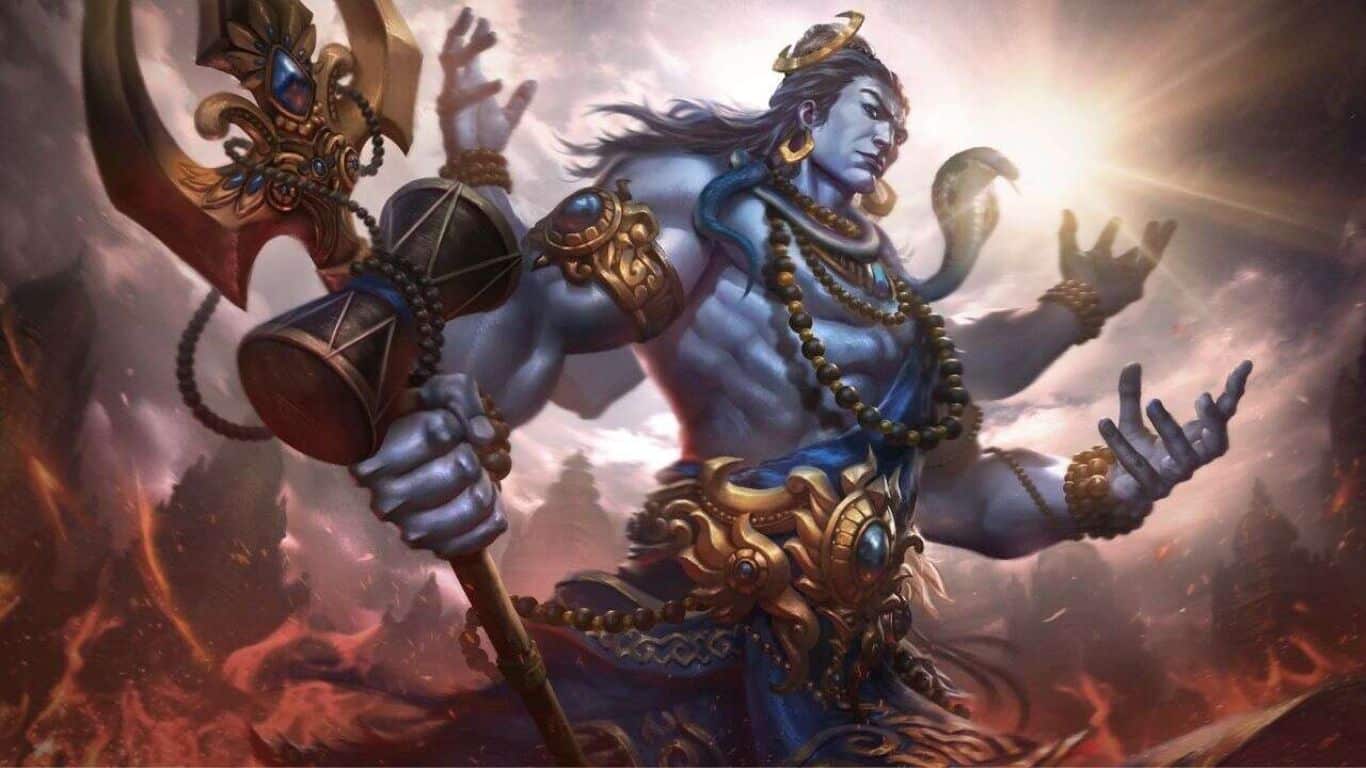
Devadasi System: Exploitation and Subjugation of Temple Prostitutes
Throughout history, various societies have witnessed the exploitation and subjugation of marginalized groups, particularly women. In the context of ancient India, one such system that exemplifies this injustice is the Devadasi system. Originating as a religious practice, it eventually devolved into a system of forced prostitution and sexual exploitation. In this blog, we delve into the origins, functioning, and eventual abolition of the Devadasi system, shedding light on the distressing reality endured by these temple prostitutes.
Origins and Functioning

The Devadasi system can be traced back to ancient Hindu temples, where it began as a sacred tradition associated with the worship of deities. Devadasis, meaning "servants of God," were young girls dedicated to a particular temple or deity. They were often initiated into this life through a ritual called the "ritual of the lamp." As Devadasis, they were expected to serve the temple by performing religious rituals, singing, dancing, and entertaining the temple patrons.

Over time, the Devadasi system deviated from its original spiritual context and degenerated into a practice of sexual exploitation. These temple prostitutes were subjected to sexual servitude, often coerced into relationships with priests and higher caste men. The system facilitated the exploitation of young girls, who were considered the property of the temple and its patrons.
Impact and Exploitation
The Devadasi system had far-reaching consequences for the women involved. Devadasis were treated as property and were denied basic human rights and dignity. They were stigmatized by society and faced social exclusion and discrimination. The lack of agency and autonomy resulted in a lifetime of servitude and subjugation.

The sexual exploitation endured by Devadasis exposed them to physical and emotional abuse, contributing to their vulnerability to sexually transmitted infections, violence, and the cycle of poverty. Their marginalized status made it difficult for them to escape the system, leaving them trapped in a life of exploitation and suffering.
Abolition and Social Reform
Efforts to abolish the Devadasi system gained momentum during the British colonial rule in India. British officials and Indian social reformers played key roles in challenging this practice. Raja Ram Mohan Roy, Jyotirao Phule, and Pandita Ramabai were notable reformers who advocated for the rights and emancipation of Devadasis.

Legislative interventions were introduced to abolish the Devadasi system. The Bombay Devadasi Protection Act of 1934 criminalized the dedication of girls to temples and made the practice of temple prostitution illegal. Subsequent legislation and societal campaigns aimed to rescue and rehabilitate Devadasis, providing them with opportunities for education and vocational training.
Legacy and Continuing Challenges
Despite the abolition of the Devadasi system, its legacy continues to affect communities in certain regions of India. The social stigma associated with being a Devadasi persists, leading to discrimination and ostracization of their descendants. Economic hardships, lack of education, and limited opportunities for socio-economic upliftment perpetuate the cycle of exploitation.

Addressing the ongoing challenges requires multi-faceted approaches. Awareness campaigns, education, and community empowerment programs are crucial in challenging deep-rooted beliefs and attitudes. Efforts to economically empower affected communities can provide alternate livelihoods, breaking the cycle of exploitation.
Conclusion
The Devadasi system stands as a distressing example of the exploitation and subjugation faced by women in ancient India. What began as a sacred tradition deteriorated into a system of forced prostitution, denying Devadasis their basic human rights and dignity. While the practice has been abolished, the repercussions persist, demanding ongoing efforts to uplift affected communities and challenge the social stigma associated with the Devadasi legacy.
Recognizing the historical injustices inflicted upon Devadasis and working towards their empowerment is essential for building a society that upholds the rights and dignity of all individuals. By fostering education, awareness, and social reforms, we can strive to eradicate systems of exploitation and create a more inclusive and just society for women in India and beyond.
Author
Nishita Khanna
(The images used in this podcast are not owned by Anime Devta, they are just to help the readers)

